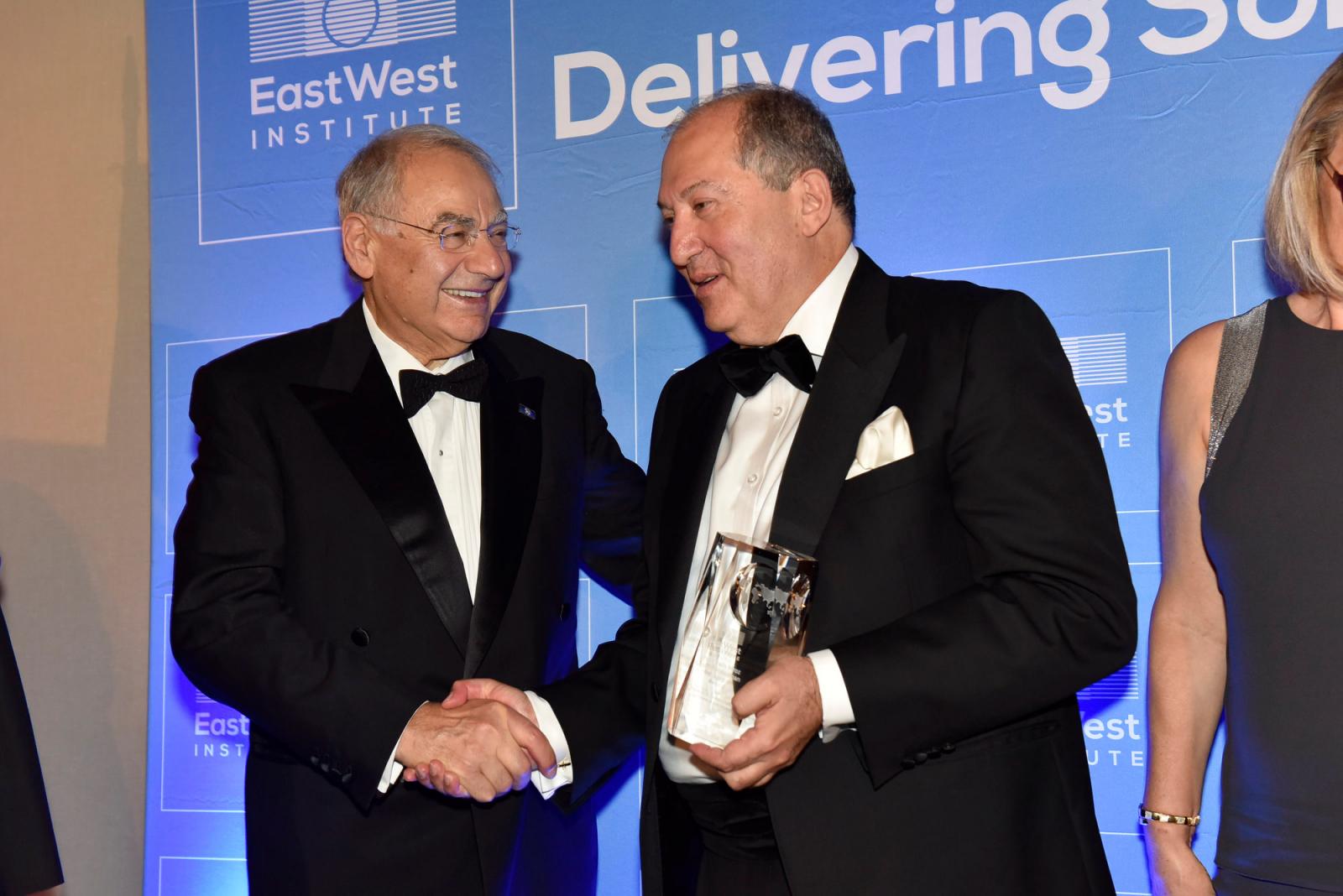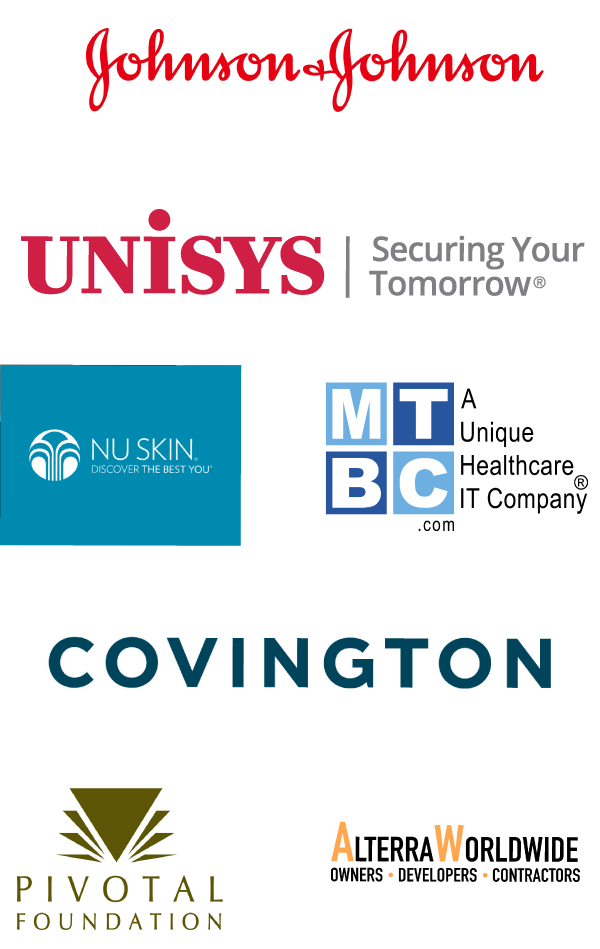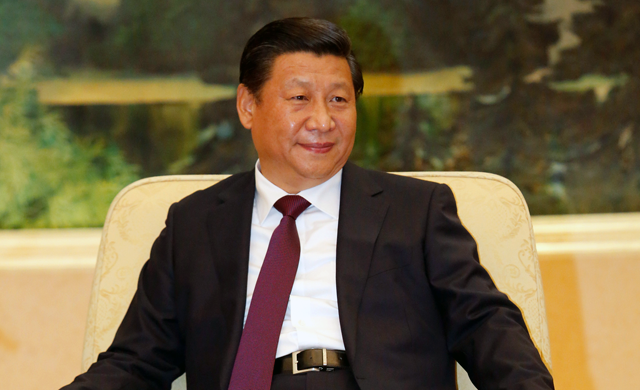Keeping America safe from the coronavirus and getting America back to work are not diametrically opposed goals. In fact, returning U.S. citizens to work, with the right protective equipment and policies, is preferable to keeping everyone at home for an indefinite period.
Don’t get me wrong; we are facing a very dangerous pandemic.[i] But, if handled correctly, we could infuse the national healthcare system with new money, new ideas and the resources needed to deal with the current pandemic, while preventing—or at least better preparing—for the next.
This virus will end only if one of the following occurs:
- We find a vaccine;
- Herd Immunity takes over—some 70-90 percent of the population is immune to the virus after vaccination or having survived infection; or
- In 12-18 months or more, depending on containment and prophylactic practices, the curve fluctuates and eventually declines.
POLICY STEPS
In the meantime, the following nine policy recommendations provide a prescription to get the U.S. population back to work safely and effectively:
Step One: Test. We cannot determine rates of infection, transmission or mortality unless we test methodically, consistently and aggressively. Tests must be made available to corporations, government entities and of course, health care facilities.
Step Two: Collect data. All individuals who have contracted COVID 19 must be identified and entered into a central database. There is currently no way to know how many individuals have been infected, or have died from the disease.
Step Three: Return America to work. Those who have tested positive and are asymptomatic for three days or more should return to work. Anyone who has tested negative should also return to work. This goes with the caveat that workers must continue to be tested to ensure their health and the health of their co-workers and fellow commuters.
Step Four: Establish work groups of people who test negative. Healthy people, who test negative, can safely work together. Testing must be repeated frequently. As an example, if we test all patternmakers at John Deere and five of them test negative, those five individuals can go back to work as long as they meet only with others that have tested negative and are isolated from the rest of the population. Again, retesting workers regularly will ensure they do not infect their group.
Step Five: Establish work groups of people who have tested positive and are asymptomatic. All those individuals who test positive and are asymptomatic for at least three days can go back to work without concern of spreading the disease or being impacted themselves. Those individuals can go back to work as a separate herd or team.
Step Six: Those who should NOT return to work. Those individuals who have tested positive and are symptomatic should not go back to work. Untested individuals, or segments of the population with compromised immune systems that are extremely vulnerable to the negative impacts of the coronavirus should also not be allowed to return to work.
Step Seven: Rely on corporate America. With the right policies and laws in place, corporate American will determine how to bring their employees back to work safely and quickly. In addition, new federal law should state that businesses are not allowed to operate any store or company until appropriate personal protective equipment (PPE) is provided for every customer and employee. As customers and employees arrive at the front door, they should be handed a sealed plastic bag containing PPE.
This precaution should be strictly enforced. If PPE is not available, the individual should not be allowed to enter the premises. If the individual does enter without PPE, drastic, punitive actions should be taken, including forced closure and significant fines.
These measures significantly protect other customers and workers, putting the onus on stores to take responsibility for mitigating safety issues. Some will argue that corporate America currently does not have access to enough masks and gloves. If it means the difference between re-opening their doors or staying closed, however, I am confident corporate America will either obtain or produce the right numbers and appropriate types of personal protective equipment for both their employees and customers.
The U.S. government should continue to do all it can to help ensure a domestic supply of PPE, produced in American factories.
Step Eight: Colored-coded PPE. Color codes would be helpful to identify expired PPE. This would work in a similar manner to how the Department of Motor Vehicles use color-coded stickers so that police can quickly identify who has expired registrations on their vehicles. With a nationally standardized color-coded system, expired masks and gowns could be immediately identified on sight.
Step Nine: Require everyone on mass transit to wear PPE. If commuters do not have the proper personal protective equipment they should not be allowed to utilize public transportation of any kind.
Similarly, office workers should be prevented access to their office spaces unless they have the right personal protective equipment.
If, on occasion, employees need to take off their personal protective gear momentarily, to be more comfortable—for example to eat or take a coffee break—there must be specially-designated areas and rules for removal, akin to those public areas now designated for smoking. This kind of precaution would soon become the norm. At the time of the initial institution, designated smoking areas were considered an invasion of personal rights, yet now, such smoking practices are a standard safety measure.
CHALLENGES
The successful enactment of these policy measures is contingent on the following hurdles:
- The federal and state governments must provide the appropriate laws and policies in a timely manner, in order to get America back to work.
- The nation must manufacture enough PPE.
- PPE must be developed with built-in, color-coded expiration dates to ease the process of identifying those out of compliance.
- The scientific community must continue its herculean efforts to develop a vaccine quickly. This is by far the most challenging and time-critical effort the country must focus on to control the pandemic. Historically, vaccine development takes years. The U.S. must continue to streamline the process, while ensuring that any vaccine produced is safe for dissemination.
CONCLUSION
Now is the time for the federal government to continue to set corporate America up for success by maximizing America’s medical, artificial intelligence and computing capabilities.
[i] According to the Centers for Disease Control and Prevention (CDC), the first COVID-19 case was detected in February of 2020. By mid-February, all 50 states and Washington, D.C. had positive cases, hence, demonstrating a high level of transmission (RO). RO (pronounced R-Naught) refers to the number of people one infected person can transmit the disease to. We use RO to determine how fast and how widely the disease will spread. Early studies show this to be significantly higher for COVID-19 than seasonal influenza. RO is not a fixed number and can be adjusted based on human intervention. According to CDC, early numbers (since a low percentage of the world population has been tested) show the mortality rate at 6.9 percent in week 14.






